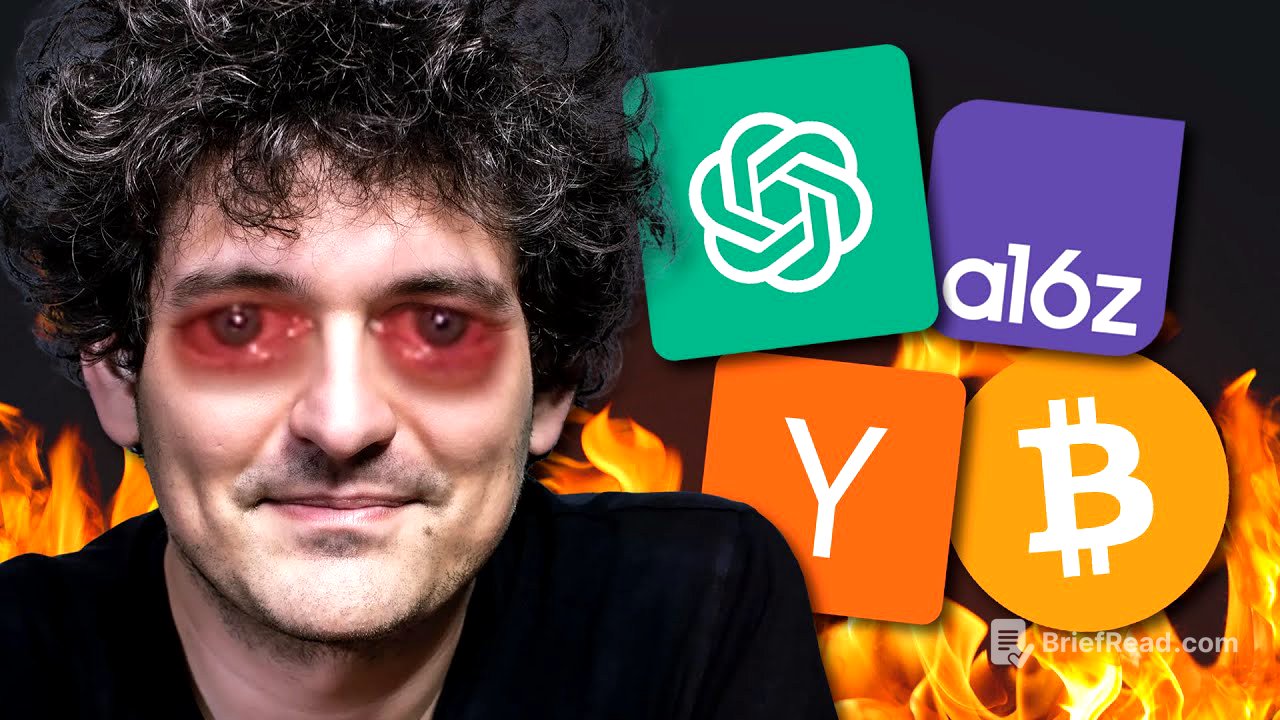TLDR;
This video humorously outlines the steps to start a tech startup, emphasizing the importance of appearances, buzzwords, and securing funding over actual product development or profitability. It covers creating a founder persona, identifying a target market (either B2C or B2B), mastering the art of PowerPoint presentations to attract venture capitalists, and motivating employees with stock options while focusing on vanity metrics. The video also includes a promotional segment for Brilliant.org, an online learning platform for science and math.
- Create a CEO persona with a Patagonia vest and a large ego.
- Focus on securing funding through impressive PowerPoint presentations rather than building a viable product.
- Motivate employees with stock options while prioritizing fundraising and marketing over actual revenue and profitability.
Intro [0:00]
The video introduces the concept of starting a tech startup, highlighting the prevalence of such companies and the perception of their CEOs. It suggests that starting a tech company might be a viable option, especially given the current job market. The video sets a satirical tone, implying that the traditional requirements for being a CEO are no longer necessary in the tech world.
Think Like a Founder [0:24]
To start a tech company, one must first adopt the persona of a "founder," which involves projecting an image of visionary leadership. This includes cultivating a public presence through posting quotes on Twitter and using buzzwords, while keeping the company's actual activities vague by claiming to be in "stealth mode." The video contrasts the past requirements of experience and expertise for CEOs with the modern tech founder's focus on social media presence and buzzwords.
Pick a Target Victim [1:03]
The video identifies two primary target markets for a tech startup: business-to-consumer (B2C) and business-to-business (B2B). B2C involves acquiring small amounts of money from a large number of people, while B2B focuses on securing larger budgets from companies. The advantage of B2B is that companies often treat their budgets as expendable, making them willing to pay for products or services, especially if they are marketed with buzzwords and jargon, such as calling a text-to-speech converter an "enterprise-grade linguistic enablement suite." The video also suggests that creating an original product is unnecessary; instead, one can simply create a worse clone of an existing product and still achieve success.
The First Rule of Startups [1:53]
The video emphasizes that the primary goal of a startup is not to make money but to attract investment and achieve rapid growth. It contrasts a startup with a traditional business, where the focus is on profitability and providing a decent life for the owner. The video suggests that founders are driven by a desire for power and influence rather than financial stability.
PowerPoint Slides [2:22]
The video stresses the importance of creating impressive PowerPoint presentations to attract venture capitalists (VCs). It suggests that VCs are more interested in the potential for growth and innovation than in the actual product or business model. The video describes VCs as a "new breed of leeches" who provide money in exchange for shares in the company.
Building [3:06]
With funding secured, the video explains how to build the company by hiring employees and compensating them with stock options. This creates a pyramid structure where the founder focuses on fundraising and marketing, while the employees do the actual work. The video advises founders to focus on vanity metrics and buzzwords rather than real numbers like revenue and profitability. It also provides a tip to use the phrase "serverless microservices on Kubernetes" when asked about the tech stack.
Run Out of Money [3:54]
The video provides guidance on what to do if the startup runs out of money: continue seeking funding from investors. If that fails, shut down the company, post a photo of yourself crying on LinkedIn, blame market conditions, and claim to be taking time off for personal growth.
Brilliant Ad [4:06]
The video transitions into a promotional segment for Brilliant.org, an online learning platform for science and math. It highlights the platform's focus on problem-solving and engaging content, as well as its mobile app for convenient learning. The video specifically mentions Brilliant's data course, which covers visualizations, algorithms, and models using real-world data sets. It encourages viewers to try Brilliant for free and offers a 20% discount on an annual premium subscription.









